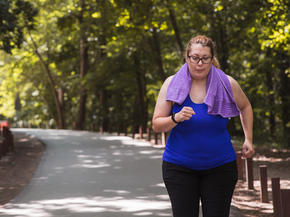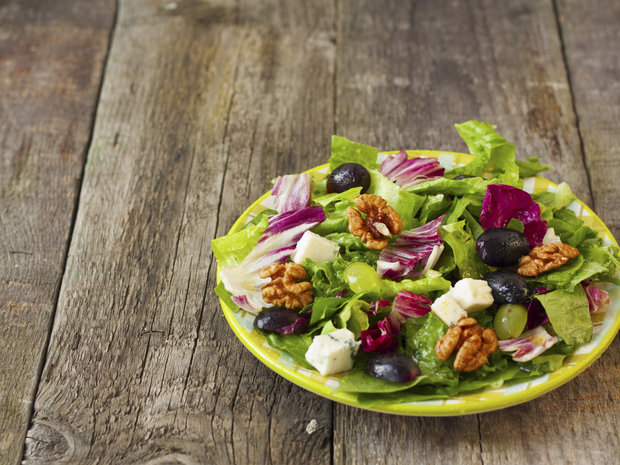A Healthy Weight Starts with Healthy Habits
A healthy weight is one that lowers your risk for health problems, not just a number on the scale. For most people, body mass index (BMI) and waist size can help indicate whether you're in a healthy range.
But reaching and maintaining a healthy weight is about more than measurements. Building lasting habits around nutritious eating and regular physical activity is key.
If you're working toward a healthier weight, lifestyle changes are more effective, and more sustainable, than short-term dieting.









